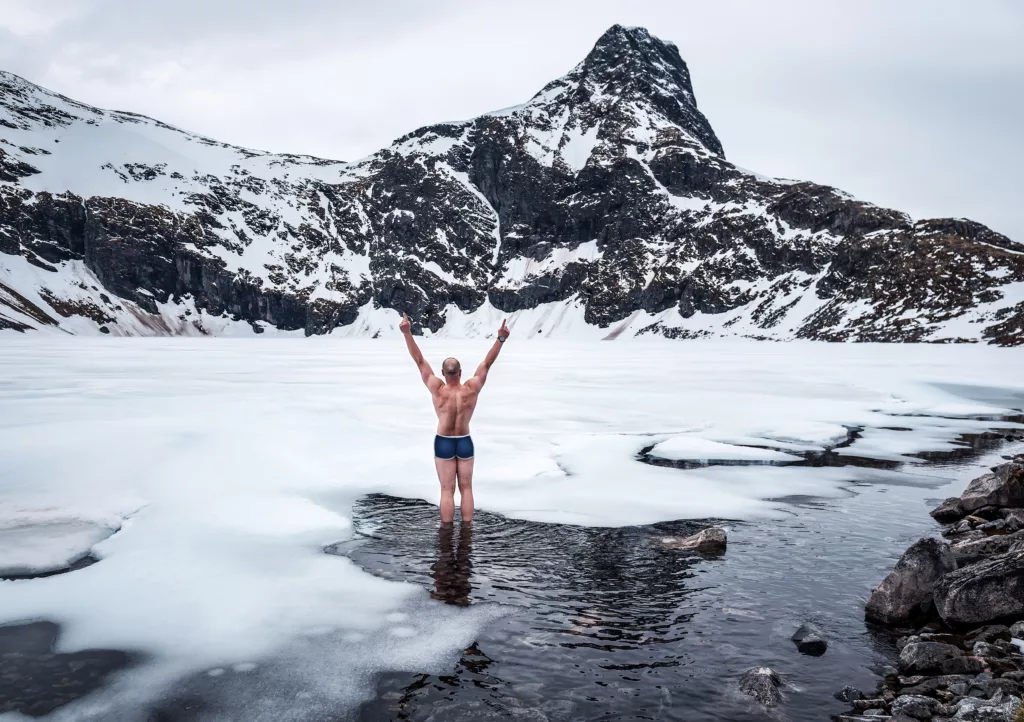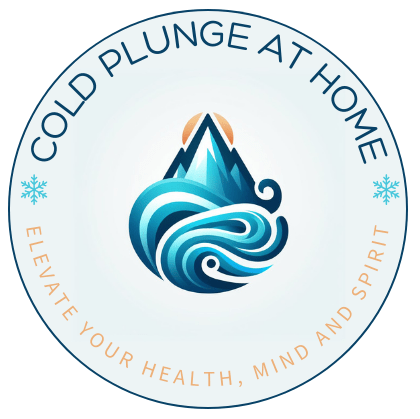What Is A Cold Water Plunge

If you’ve heard buzz about people willingly dipping into icy waters, you’re not alone. A cold water plunge, often spotlighted as a rejuvenating and invigorating practice, is the act of immersing oneself in cold water, typically 50 – 59 degrees Fahrenheit (or 10 – 15 degrees Celsius). This practice isn’t simply a passing trend; it’s deeply rooted in different cultures and has various names like cold water immersion and cold water therapy.
Historically, many societies have integrated cold water exposure into their daily routines or medicinal practices for centuries. What we’re seeing today is a resurging interest in these traditional habits, coalescing into a widespread embrace within the wellness community. It’s not just about a quick chill; it’s also about detailing the ensuing benefits that come from a brief encounter with the cold.
Part of the draw of cold water plunges comes from their simplicity and the perceived impact on well-being. As you’re going to find out, enthusiasts and researchers alike advocate for the perks, which range from improved circulation and metabolism to mental fortitude. And it’s not just for the extreme sports athlete or celebrity; anyone can potentially reap the rewards, provided they follow safety guidelines and have a clear understanding of the method.
The intrigue around cold water plunges continues to swell as more people share their transformative experiences. This isn’t just a ritual for those seeking a one-time thrill. It’s a consistently practiced activity with the potential to alter one’s lifestyle for the better.
As a former competitive athlete, I have personal experience with using cold water therapy for recovery and healing injuries. I now practice cold water therapy as part of my daily routine and I am excited to share my insights and tips for those interested in exploring the transformative benefits of this practice.
The Icy Depths: Benefits of Cold Water Plunge
You might be wondering, what’s so great about stepping into freezing water? I’m here to help you with that! Cold water plunging comes with a host of benefits that have been recognized by researchers and enthusiasts alike.
On the psychological front, there’s a strong link between cold water immersion and improved mood. The initial shock can release a wave of endorphins, your body’s natural feel-good chemicals, which translates to a post-plunge euphoria. It’s not just a mood booster, though; many report enhanced mental clarity and reduced stress levels after a regular dip.
Physically, one of the most lauded benefits of a cold plunge is its ability to minimize inflammation. Athletes have long used this technique for muscle recovery, but it’s accessible to anyone looking to alleviate soreness or accelerate healing after workouts. The cold exposure can also potentially boost your immune system by activating the body’s defensive mechanisms.
Now, this isn’t just about short-term gains. Cold water therapy may have long-term health benefits too. Regular exposure to cold water has been associated with improved circulation, which is crucial to overall cardiovascular health.
Studies, such as one published by the National Institutes of Health (NIH), have found that regular cold water immersion can significantly enhance circulation, highlighting its potential for improving cardiovascular health.
If you want to learn more about the benefits of Cold Water Immersion therapy check out my post Exploring the Surprising Benefits of Cold Water Plunges.
If the thought of taking the plunge for health reasons excites you, it’s worth giving a try. But, remember to always respect your body’s limits and make sure you’re well-informed before you start.
Taking the Plunge Safely: Guidelines and Precautions
If you’re ready to take the chilly challenge, health and safety come first. It’s not just a matter of willpower; your body’s response to cold shock is real, and it should be introduced with care.
To jump in safely, you need a checklist. I’m going to walk you through the essential steps to prepare for a cold water plunge. This includes acclimating your body by starting with short, cool showers leading up to longer immersion, and never plunging alone for the first time.
Remember, ‘safety first’ isn’t just a saying, it’s a mantra for cold water immersion. This means checking with your doctor if you have health conditions like heart problems or high blood pressure. Also, always ensure there’s someone nearby to assist in case of unexpected reactions, and never stay in the water so long that numbness sets in.
Cold water therapy can be refreshing and invigorating, but it’s not for everyone. Only you know your body’s limits, and paying attention to them is essential. Should you feel lightheaded, unusually short of breath, or excessively uncomfortable, exit the water immediately.
Your first attempt doesn’t need to be your last, so don’t push too hard. There’s a lot of opportunity in easing into the practice and making adjustments based on your comfort and physical response. That’s going to include tracking how you feel during and after each session.
Cold Water Therapy in Action: Real-Life Accounts and Resources
I have come across some awe-inspiring stories of individuals who swear by the transformative power of cold water therapy. It’s not just about the initial shock to the system; it’s about the lasting changes they’ve experienced in their health and wellbeing. I’m going to share snippets of these real-life accounts that shed light on the true impact of cold water immersion.
Among the many stories, one particularly stands out: Mark, a 45-year-old teacher, began cold water plunging as a way to manage his stress levels. Six months into his journey, he reports significant improvements in his mental clarity and a noticeable reduction in his stress-related symptoms.
Beyond these personal accounts, there’s a thriving community centered around the practice. If you want to explore the various methods, you’re going to find everything from icy baths at home to supervised sessions in specialized facilities. Each approach offers its own unique experience and benefits, allowing you to choose something that resonates with you and fits into your lifestyle.
To learn more about Cold Water Immersion, I recommend the Wim Hof Method. Wim Hof, also known as the Iceman, has developed a simply, easy-to-apply approach with a strong scientific foundation. Check out my review of his book, “The Wim Hof Method: Activate Your Full Human Potential” here.
Have you taken the plunge? What was your first cold water plunge experience like? How has cold water immersion impacted your wellness routine? Join the community and share your experiences in the comments below.
Stay cool,
Jenn
